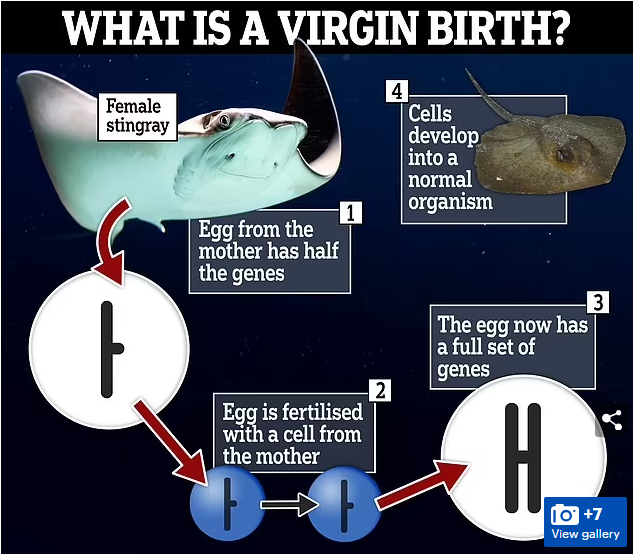The 2024 edition of the Global Resources Outlook Report will be tabled at the 6th UN Environment Assembly which is to be held in Nairobi, Kenya.
The International Resource Panel (IRP) was launched by the United Nations Environment Programme (UNEP) in 2007 to build and share the knowledge needed to improve our use of resources worldwide.
Highlights of the Report
A UN study of 60 metals found the recycling rate for most of them was below 1%.
|
UNEP |
|
References
Recently, scientists discovered a new species of Green Anaconda in South America and named it ‘Norther Green Anaconda’.
|
Green Anaconda |
|
The genetic difference between humans and apes is about 2%.
|
Green Anaconda |
Northern green anaconda |
Southern green anaconda |
|
Scientific Name |
Eunectes akayima |
Eunectes murinus |
|
Native Habitat |
Ecuador, Colombia, Venezuela, Trinidad, Guyana, Suriname and French Guiana. |
Perú, Bolivia, French Guiana and Brazil. |
|
|
Newly identified species. |
Existing species/ discovered earlier. |
|
Vulnerability |
Smaller range so highly vulnerable |
IUCN status is Least Concern |
Anacondas
References
Recently, Supreme Court (SC) ordered the government to revert to the ‘dictionary meaning’ of forest as upheld in a 1996 SC decision in Godavarman case.
In 1996 T.N. Godavarman Thirumulkpad vs Union Of India & Ors., Supreme Court directed that, the term forest’ has to be understood in terms of its dictionary meaning irrespective of the nature of ownership and classification thereof.
References
Recently, India has contributed 1 million USD to IBSA Fund.
Quick Facts
References
Charlotte, a female round stingray has become the topic of international attention after getting pregnant despite not having a male ray companion for at least 8 years.

Automixis is the process by which a mammal can undergo virgin birth. Here, egg would need to double its genetic content, divide, and then re-combine. The egg would end up with the normal number of chromosomes without the need for any additional genetic material.
References